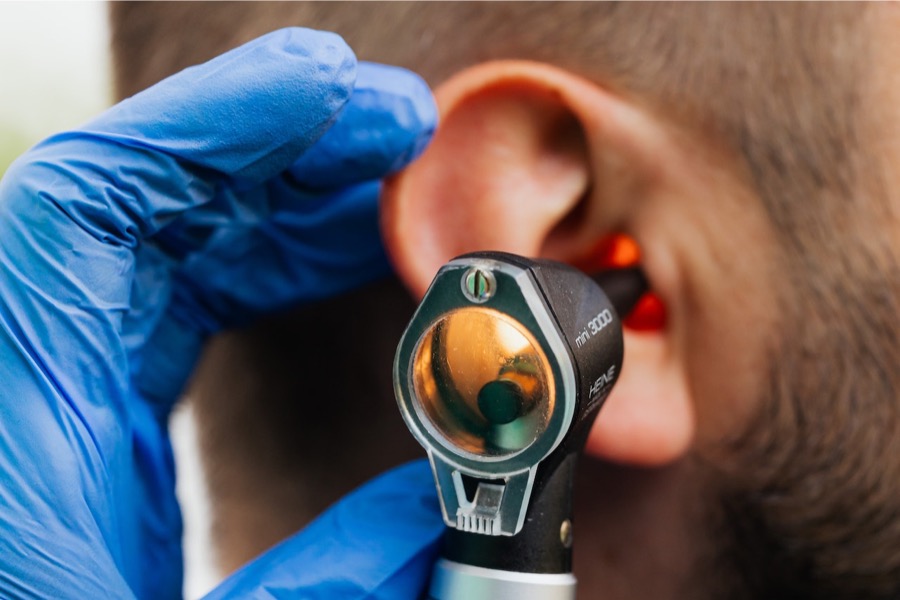If your hearing screening is normal, but you misunderstand what people say when there’s background noise, you might have hidden hearing loss.
Standard hearing tests measure how well you hear a range of sound frequencies. Even with normal results on standard hearing tests, some people struggle to follow conversations in noisy environments. Audiologists call this type of hearing loss hidden hearing loss because it isn’t detected using standard hearing tests.
A closer look
- Sensorineural hearing loss isn’t the problem. Most sensorineural hearing loss is caused by damage to the hair cells of the inner ear, but with hidden hearing loss, the hair cells are healthy (hence the normal hearing-test results). Hair cells convert sound waves into electrical signals for the brain to interpret as sound. These signals travel to the brain by way of the auditory nerves.

- Damage to the auditory nerves causes hidden hearing loss. This damage weakens the connection between the ears and the brain. As a result, the brain receives imperfect signals from your ears, making it more difficult for you to understand speech with background noise. Speech produces more complex sound patterns than the pure-tone sounds used in hearing screenings.
Why it matters
- Audiologists know how to diagnose hidden hearing loss with a variety of methods. The speech-in-noise test is the most common.
- They also know how to treat it. Low-gain hearing aids with noise-reduction features are often effective. Audiologists program these hearing aids to augment speech while quieting loud sounds and reducing background noise.
Are you struggling with speech in noisy places?
Schedule a free, 15-minute hearing screening with one of our audiologists. Your audiologist will diagnose if hearing loss or hidden hearing loss is the problem and recommend a treatment plan.
Go deeper: Diagnosing hidden hearing loss →

